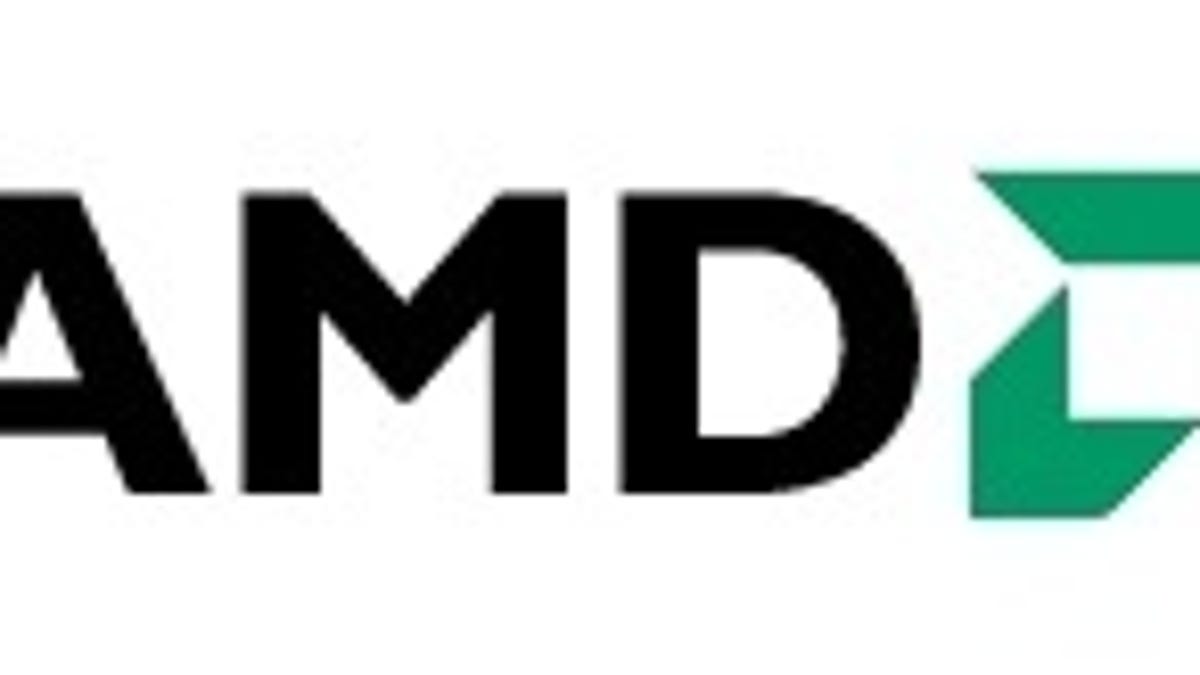AMD spells out Windows 8 tablet strategy
Advanced Micro Devices has a Windows 8 tablet strategy predicated on new power-efficient chips.

So, does AMD have a solid Windows 8 tablet strategy this year? I'll let the reader decide, but AMD needs to be extra aggressive on the power-efficient chip front because it's not just an Intel-AMD fight now.
Windows 8 will bring ARM chip players like Texas Instruments, Qualcomm, Nvidia, and Freescale into the market, presenting AMD with plenty of heavyweight Windows competition.
Earlier in the week, I spoke with John Taylor, director of client product marketing and software at AMD, who cited two major chip designs for tablets, Hondo (2012) and Temash (2013). AMD now calls its chips APUs or Accelerated Processor Units because they integrate both the central processing unit (CPU) and the graphics processing unit (GPU).
To get a better insight into AMD's position in the small computing device market, I first asked him about the company's smartphone strategy. At the moment, AMD has little interest in smartphones, according to Taylor. Intel announced an aggressive strategy for smartphones at CES based on partnerships with Lenovo and Motorola.
Q: Before we go to Windows 8, what is your smartphone strategy, if any?
Taylor: The smartphone market is eight, nine, ten, maybe a dozen players. [They have] lower ASPs (average selling price), lower [profit] margins, different competitive dynamic. So, there is no shift on the smartphone strategy.
And Window 8?
Taylor: But you will see much more focus on tablets, the convertible or hybrid devices that fit between tablets and notebooks, very thin [designs].
What chips exactly will get you there?
Taylor: For tablets, it will decidedly be the Hondo chip. We're acknowledging that we still have a couple of watts to shave off to really be a more ideal tablet platform (to achieve optimal power efficiency). But we think that Temash gets us much, much closer to that in 2013. Hondo will also allow us to get into fanless clamshells (a more traditional ultrathin laptop).
(Note: Intel's Windows 8 tablet strategy will based on an Atom chip codenamed Clover Trail.)
And Windows 8 convertibles?
A 17-watt [power consumption] is the lowest that we'll offer. That's called Trinity. It will be unmatched in that [17-watt design] space. Discrete graphics-like performance. All types of dedicated video processing capabilities, better battery life than the competition. And all of these ways that we're driving the new generation of accelerated applications. If you think about the Web apps that are being built for Win 8, using HTML5 and the graphics engine that drives that higher level experience.
(Note: 17-watt refers to the same power envelope as Intel-based ultrabooks. The Hondo tablet-centric chips are 4.5 watts. The Temash chip is expected to be more power efficient.)
My take-away from Taylor's comments is that AMD will make a big play for the Windows 8 convertible and ultrathin laptop market. And already-existing Windows 7 laptops from companies like Hewlett-Packard and Acer demonstrate that AMD can compete effectively in that price-sensitive compact laptop market.

